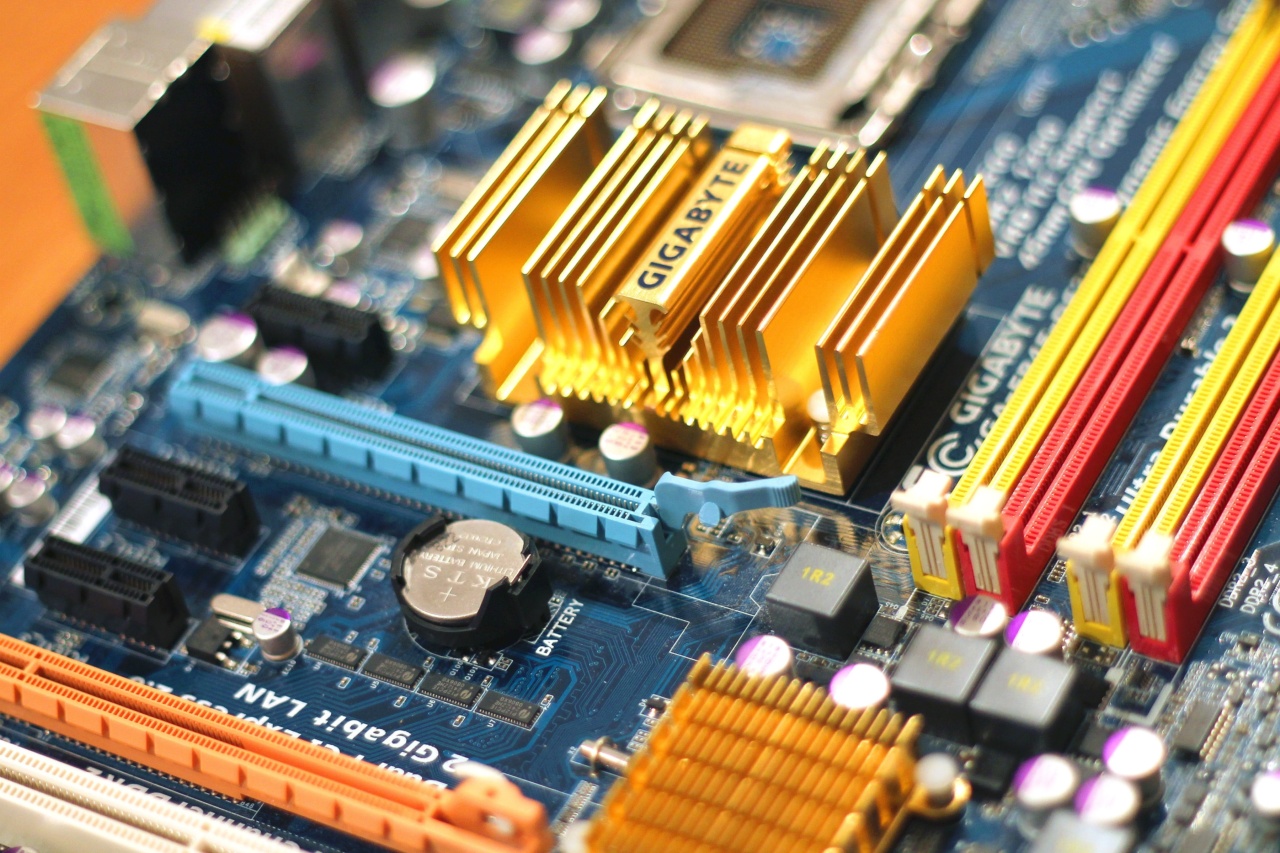Memory is a fascinating topic that has been studied for centuries by scientists, psychologists, and neurologists.
They have discovered that our brains are capable of storing vast amounts of information, from simple facts to complex events, and that our ability to remember plays a significant role in our daily lives. In this article, we will explore the science of memory, uncovering its secrets and shedding light on how it works.
What is Memory?
Memory is the process by which we encode, store, and retrieve information. It is a complex system that involves multiple stages and various regions of the brain. The three primary processes of memory are:.
1. Encoding: This is the process of taking in information and transforming it into a form that can be stored in the brain.
It is the first step in the memory process, and it involves the use of different sensory channels, such as sight, hearing, touch, taste, and smell. Encoding can be affected by many factors, including attention, motivation, and emotion.
2. Storage: This is the process by which information is maintained over time. It involves creating a durable record of information that can be accessed later when needed.
There are two types of memory storage: short-term memory, which is temporary, and long-term memory, which is more permanent.
3. Retrieval: This is the process by which information is recovered from memory when needed. It involves accessing stored information and bringing it to awareness.
Retrieval can be influenced by many factors, including context, mood, and the presence of retrieval cues.
The Different Types of Memory
Memory can be classified into different types, depending on how long the memory lasts and the type of information that is stored. The three primary types of memory are:.
1. Sensory Memory: This is the type of memory that lasts for a few seconds or less and involves the processing of basic sensory information, such as sounds, images, and smells.
Sensory memory is the first stage of memory, and it helps to filter out irrelevant information and allows us to focus on what is important.
2. Short-Term Memory: This is the type of memory that lasts for a few seconds to a minute and involves the processing of information that we are currently aware of.
Short-term memory is limited in capacity, and information that is not rehearsed or encoded is quickly forgotten.
3. Long-Term Memory: This is the type of memory that lasts for hours, days, or even years and involves the processing of information that has been encoded and stored.
Long-term memory is the most durable form of memory, and it plays a critical role in learning, reasoning, and problem-solving.
The Brain Regions Involved in Memory
The brain is composed of several regions that work together to store and retrieve memories. The three primary regions of the brain involved in memory are:.
1. The Hippocampus: This is a region in the brain that plays a critical role in the formation and consolidation of new memories. It is also involved in spatial navigation and memory recall.
2. The Amygdala: This is a region in the brain that is involved in the processing of emotional memories. It helps to encode memories with emotional significance and is responsible for the emotional component of memories.
3. The Prefrontal Cortex: This is a region in the brain that is involved in higher-order cognitive functions, such as working memory, attention, and decision-making. It also plays a role in the retrieval of long-term memories.
The Factors That Affect Memory
Memory is a complex process that can be influenced by many factors. The most important factors that affect memory are:.
1. Attention: Attention is critical for the encoding and retrieval of information. The more attention we pay to something, the more likely we are to remember it.
2. Emotion: Emotion plays a critical role in memory by enhancing the encoding and consolidation of memories. Emotionally charged events are more likely to be remembered than neutral events.
3. Rehearsal: Rehearsal is the process of repeating information to encode it into long-term memory. The more we rehearse information, the more likely we are to remember it.
4. Retrieval Cues: Retrieval cues are stimuli that help to trigger the retrieval of information from memory. They can be external, such as environmental cues, or internal, such as thoughts and emotions.
The Techniques for Improving Memory
Memory is a skill that can be improved with practice and the use of various memory-enhancing techniques. The most effective techniques for improving memory are:.
1. Mnemonics: Mnemonics are memory aids that help to associate information with a visual image or a memorable phrase. They can be used to memorize lists, ideas, and concepts.
2. Chunking: Chunking is the process of breaking down information into smaller, more manageable chunks. It can be used to remember long strings of information, such as phone numbers or credit card numbers.
3. Repetition: Repetition is the process of rehearsing information over and over again. It can help to encode information into long-term memory and make it easier to retrieve later.
4. Visualization: Visualization is the process of creating a mental image to represent information. It can be used to remember complex ideas and concepts by associating them with visual images.
The Role of Memory in Learning and Education
Memory plays a critical role in learning and education. It is essential for acquiring new knowledge, retaining information, and recalling it when needed. The most effective ways to enhance memory in learning and education are:.
1. Active Learning: Active learning involves engaging with the material and applying it to real-life situations. It can help to enhance memory and improve problem-solving skills.
2. Spaced Repetition: Spaced repetition is the process of revisiting material at intervals to enhance memory retention. It can help to prevent forgetting and improve long-term memory.
3. Interleaving: Interleaving is the process of mixing up different types of information to enhance memory and improve retention. It can help to avoid the over-reliance on a single type of information and improve long-term memory.
The Future of Memory Research
Memory research is a rapidly expanding field, with new discoveries being made every day. Scientists are currently exploring new ways to enhance memory and prevent memory decline in aging adults. The most exciting areas of memory research include:.
1. Memory Implants: Memory implants are devices that can be implanted in the brain to enhance memory retention. They are currently being tested in animal models and have the potential to revolutionize memory research.
2. Optogenetics: Optogenetics is a technique that uses light to control the activity of brain cells. It is being used to explore the neural circuits involved in memory and could lead to new treatments for memory-related disorders.
3. Brain-Machine Interfaces: Brain-machine interfaces are devices that connect the brain directly to computers. They are being tested as a way to restore memory function in individuals with memory-related disorders.
Conclusion
Memory is a complex system that plays a critical role in our daily lives. It helps us to learn, reason, and problem-solve, and it is essential for our personal and professional growth.
By understanding the science of memory and using memory-enhancing techniques, we can improve our memory and enhance our quality of life.






























